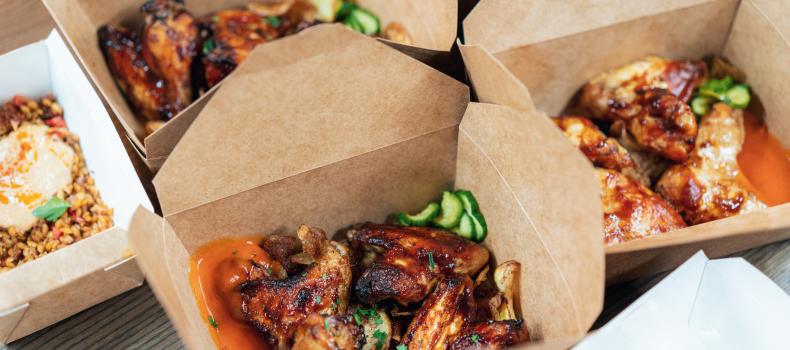Well+Good: Shanina Knighton, adjunct associate professor at Frances Payne Bolton School of Nursing, explained why it's best not to reheat your leftovers in plastic containers. “When these plastics are heated, they can break down and release harmful chemicals into your food, increasing your exposure to toxins," said Knighton.
Thinking about ordering takeout or packing up leftovers from your favorite restaurant? It's a genius move—no cooking, no cleanup, and you get awesome food served right to your plate (or let's be honest, straight from the container is cool, too). But, are you handling your takeout safely? You might be thinking: "What could possibly go wrong with leftover pizza?," yet there's more to keeping takeout fresh and safe than simply opening the box and digging in.
Believe it or not, many of us overlook some sneaky food safety rules when enjoying leftovers from our favorite restaurants. And neglecting them might mean risking more than a sauce spill on your favorite sweatpants. Worst case? You could end up with an unwelcome side order of food poisoning.
But fear not: We asked experts to share the top food safety rules you might be missing, and what to do instead to keep your takeout game on point—aka safe, delicious, and hopefully stomachache-free.
...
Keep track of how long you've had leftovers by grabbing a permanent marker and writing the date your food should be tossed on the outside of the container—if it's still in your fridge by that time. And if in doubt, throw it out.
Alternatively, you might be able to freeze some leftovers before the 3- to 4-day mark because "frozen leftovers stay safe long term," says Shanina Knighton, PhD, RN, an infection preventionist and adjunct associate professor at Case Western Reserve University. (Just be sure to mark the date you froze them so you know how long they've been stored.)


